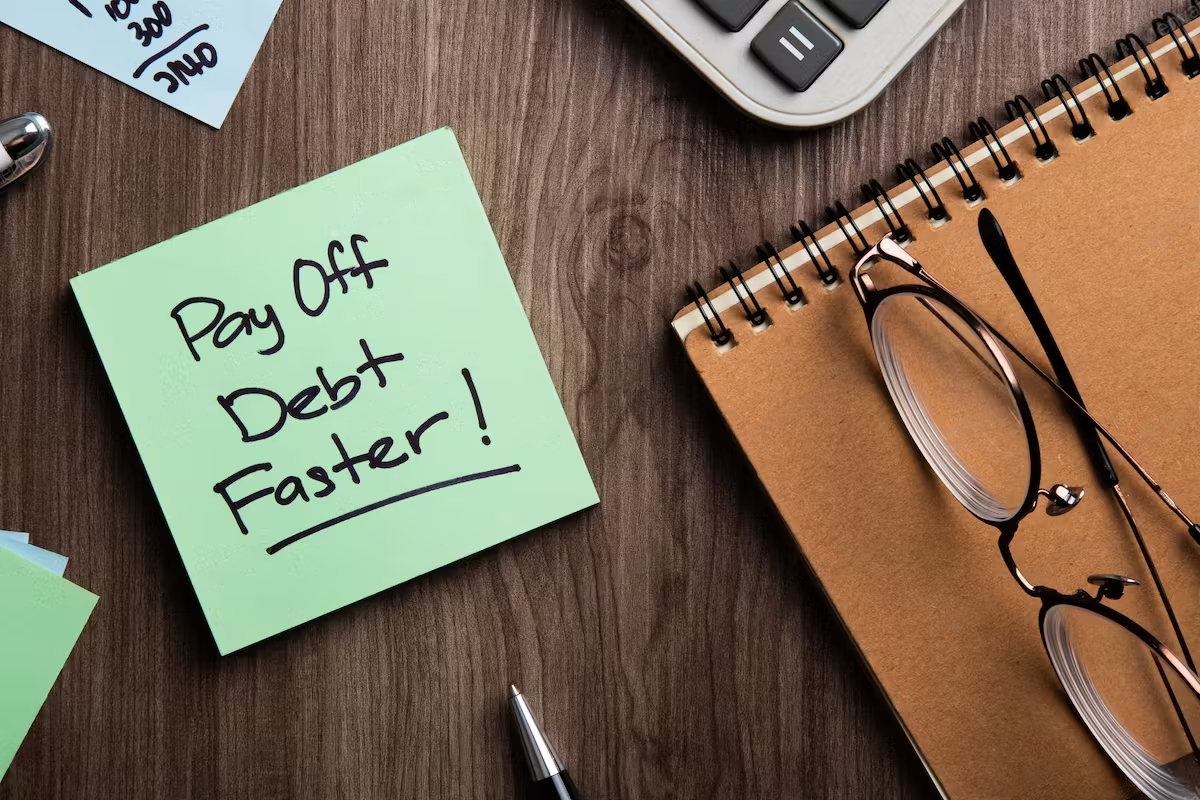
Debt is a common issue many individuals and businesses face, and non-current liabilities are a significant part of it. Non-current liabilities are debts not due for payment within the next twelve months, such as long-term loans, deferred tax liabilities, and pension obligations. Managing these liabilities is essential for improving financial health and stability.
This blog will discuss strategies for paying off non-current liabilities and achieving financial freedom. From debt consolidation to refinancing, we will explore various options to help you create a solid plan to tackle your non-current liabilities.
How To Calculate Non-Current Liabilities On Balance Sheet

Calculating non-current liabilities is essential to understanding a company’s financial position. These liabilities refer to debts not due for payment within the next year, such as long-term loans, bonds, and leases. Here are the steps to calculate non-current liabilities:
- Identify all non-current liabilities on the balance sheet.
- Determine the maturity date of each liability.
- Add up the outstanding balances of all non-current liabilities.
- Subtract any repayments made during the current accounting period.
This calculation will give you the total non-current liabilities at the end of the accounting period. It’s important to keep track of these liabilities to assess the long-term financial health of your company and plan for future repayments.
Let’s say a company has the following non-current liabilities:
- Long-term bank loan: £100,000
- Bond payable due in five years: £200,000
- Lease liability due in three years: £50,000
To calculate the total non-current liabilities, you would add up these amounts: £100,000 (long-term bank loan) + £200,000 (bond payable) + £50,000 (the lease liability) = £350,000
Therefore, the total non-current liabilities for this company would be £350,000.
Review Your Non-Current Liabilities

Reviewing your non-current liabilities is essential in paying them off and improving your financial health. Non-current liabilities are long-term debts extending beyond one year, including mortgages, car loans, and student loans. Reviewing and understanding these liabilities is important to create a plan for paying them off effectively.
This plan could involve refinancing or consolidation to lower interest rates, increasing payments to pay off the debts faster, or negotiating payment plans with creditors. Regularly reviewing your non-current liabilities lets you stay on track towards financial freedom and security.
Create a Repayment Plan
After reviewing and calculating your non-current liabilities, the next step is to create a repayment plan. This involves determining the amount you can afford to pay monthly towards your non-current liabilities and prioritising which ones to pay off first.
One approach is to pay off high-interest debts first, as they can accumulate more interest over time and increase the overall amount you owe. Another approach is to pay off smaller debts first, giving you a sense of accomplishment and motivation to continue paying off your larger debts.
Consider consolidating your non-current liabilities into one loan or credit line with a lower interest rate, making it easier to manage your debts and potentially saving you money in the long run.
The key to a successful repayment plan is to make a realistic budget and stick to it while being flexible and willing to adjust your plan as needed. It may take time and effort, but paying off your non-current liabilities can help improve your financial health and reduce stress in the long run.
Cut Costs and Increase Income
Cutting costs and increasing income are two important strategies for paying off non-current liabilities. Some ways to cut costs include:
- Creating a budget and sticking to it
- Negotiating bills and expenses
- Reducing unnecessary expenses such as dining out or subscriptions
- Refinancing loans to get a lower interest rate
- Selling unused or unnecessary assets
Increasing income can be done in several ways, such as:
- Taking on additional work or a side hustle
- Asking for a raise or promotion at work
- Investing in stocks or real estate for passive income
- Starting a business or monetising a hobby
By cutting costs and increasing income, you can allocate more funds towards paying off your non-current liabilities and improve your financial health.
Refinance or Consolidate Debt
Refinancing or consolidating debt is another strategy to help pay off non-current liabilities. Refinancing involves taking out a new loan to pay off an existing one, while consolidation involves combining multiple debts into a single loan with a lower interest rate. Both options can lower the monthly payments and make it easier to manage debt.
Before considering refinancing or consolidating, it’s important to carefully review the terms and fees of the new loan and compare them with the existing debt. It’s also important to consider any potential impact on credit scores and possible prepayment penalties for the existing loans.
Refinancing or consolidating debt can be a useful strategy to reduce the interest rate, lower the monthly payments, and simplify debt repayment. However, it’s important to research and choose the option that best suits individual financial situations.
Monitor Progress
Monitoring your progress is an important step in paying off your non-current liabilities. Regularly checking and comparing your outstanding balances to your repayment plan can help you stay on track and adjust as needed. It can also provide a sense of accomplishment as your debts decrease.
You may also want to periodically review your budget and expenses to identify areas where you can further cut costs or increase your income. This can help you free up more money to repay your debt.
Remember to celebrate small victories along the way, such as paying off a particular debt or reaching a certain milestone in your repayment plan. This can help keep you motivated and focused on achieving your financial goals.
Conclusion
In conclusion, paying off non-current liabilities may seem daunting, but with a solid plan in place, it can be achieved. It is important to review your liabilities, calculate them accurately, create a repayment plan, cut costs, increase income, consider refinancing or consolidating debt, and monitor your progress. By taking these steps, you can reduce your debt and improve your financial health over time. Remember, it’s never too late to start taking control of your finances and working towards a debt-free future.
Was this article helpful? Let us know in the comments.
FAQS
Why is it important to manage non-current liabilities?
Managing non-current liabilities is important to maintain a healthy financial position for your business or personal finances. Failure to manage non-current liabilities can result in financial distress, insolvency, or bankruptcy.
Can non-current liabilities be converted into current liabilities?
Yes, non-current liabilities can be converted into current liabilities if they become due for payment within the next year. This conversion can affect your current ratio, which measures your ability to meet short-term obligations.
Why is it important to track non-current liabilities?
It is important to track non-current liabilities as they represent a significant financial obligation that must be repaid in the future. By tracking and managing these liabilities, individuals and companies can ensure they have the necessary resources to meet their financial obligations.






